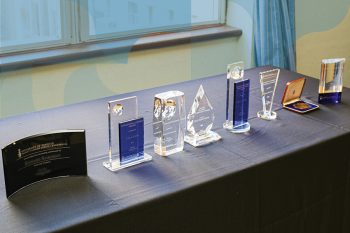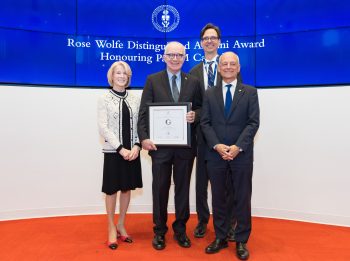Canadians say they appreciate the vast amount of fresh water that exists in this country, but are quite willing to waste much of it by unnecessarily disposing of things through toilets, according to results of a new study. A survey — commissioned by the Royal Bank of Canada and diversified product maker Unilever, with the endorsement of the United Nations Water For Life Decade project — had 72% of respondents saying they dispose of things such as hair, bugs, cigarette butts and food by flushing them down the toilet.
“We should stop using our toilets as garbage cans,” said Bob Sandford, Chair of the Canadian Partnership Initiative of the UN Water for Life Decade. Sandford and others, including former Prime Minister Jean Chretien, are part of a three-day conference in Toronto dealing with global water issues. It coincides with World Water Day on Tuesday.
Each flush of a toilet uses six to 20 litres of fresh water, noted Sandford, not to mention the energy used to move and to treat that water.
Results of the survey, released Monday, had 55% of respondents saying fresh water is Canada’s most important natural resource, and 78% claimed they make reasonable efforts to conserve it.
Other water-wasting activities survey respondents admitted to included leaving the water running while washing dishes (46%) and hosing down driveways (17%).
Sandford said the supply of water, even in Canada, is not without its limits. However, it might not be an easy point to make, especially at this time of year when lakes and rivers are at high levels from melting snow.
Bryan Karney (CivE), Chair, Division of Environmental Engineering & Energy Systems, a water supply expert teaching at the University of Toronto, said it’s difficult to imagine Canada as a whole ever experiencing a water shortage, though that is a risk in certain regions.
Karney added that if one area runs of out water, replacing it with supplies from another part of the country is not so simple.
“Moving water in any significant quantity a long distance is extraordinarily expensive,” he said. “It requires a pipeline, it requires infrastructure, it requires energy and it requires a huge, complicated process of reassessment of what that water is currently doing in its (other location).”



